We all have them – those tender, wounded places in our hearts that we've carefully covered with layers of time, distraction, and self-protection. Buried hearts aren't just a poetic metaphor; they're the very real emotional graves we create when pain becomes too overwhelming to face. These hidden chambers hold our deepest loves, our rawest grief, and the dreams we thought were too dangerous to keep alive.
But here's what I've learned after years of watching people excavate their own emotional archaeology: buried hearts have a way of making themselves known, whether we're ready or not. They surface in unexpected moments, in the pause between songs, in the way sunlight hits a window just so, or in the eyes of a stranger who reminds us of someone we thought we'd forgotten.
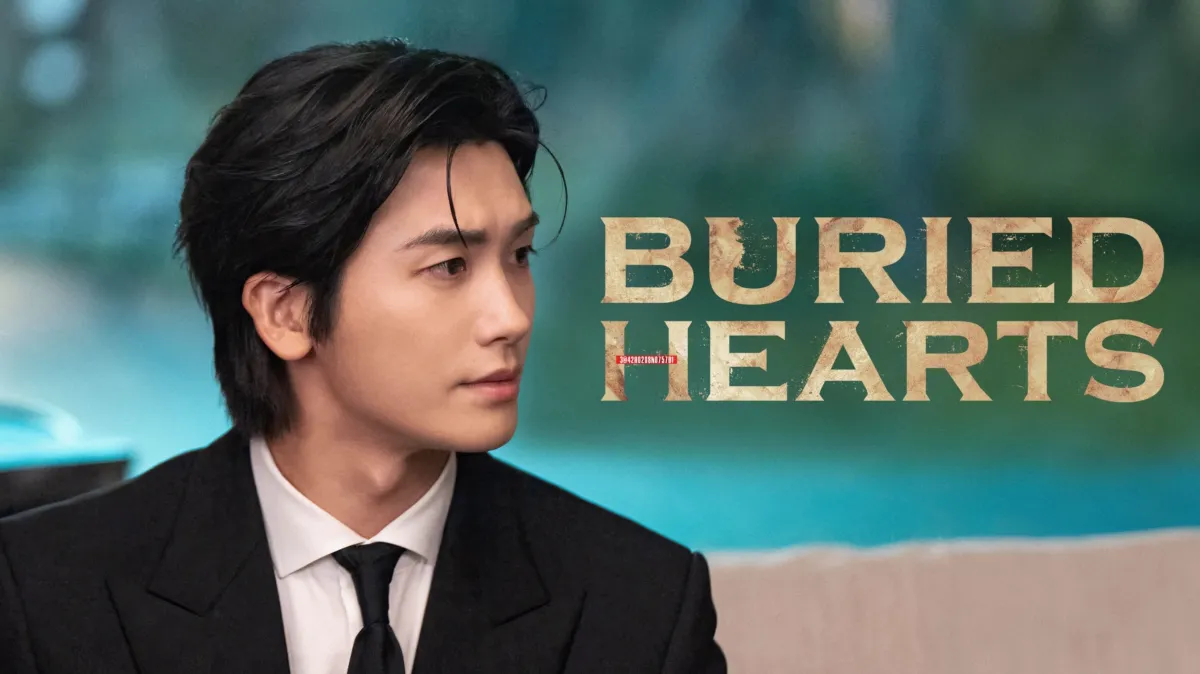
What Does It Really Mean to Have a Buried Heart?
When we talk about buried hearts, we're exploring something far more complex than simple heartbreak. It's about the stories we tell ourselves when the pain becomes too much – that it's better to forget, better to move on, better to pretend that chapter never existed. But emotions don't simply disappear because we will them to.
Think about Sarah, a woman I know who buried her first love so deeply that she convinced herself she'd never really cared at all. Twenty years later, hearing his name in casual conversation would still make her hands shake. Her buried heart hadn't disappeared – it had been waiting, preserved in amber, unchanged by time.
The buried hearts meaning goes beyond individual experience. These are the collective wounds we carry as families, communities, and generations. They're the love letters never sent, the apologies never spoken, the dreams we abandoned not because we stopped believing in them, but because believing hurt too much.
The Psychology Behind Emotional Burial
Our minds are remarkably protective. When we experience trauma or overwhelming loss, our psyche often employs what psychologists call "dissociation" – a mental process where we disconnect from our emotions to survive the immediate crisis. It's like our emotional immune system kicking in, creating scar tissue around the wound.
But here's where it gets complicated: what serves us in crisis doesn't always serve us in healing. Those buried emotions don't decay over time like we hope they will. Instead, they remain remarkably preserved, influencing our choices, our relationships, and our capacity for joy in ways we don't always recognize.
Signs Your Heart Might Be Buried Under Old Pain
Sometimes we don't even realize we've buried our hearts. The signs are often subtle:
- Feeling emotionally numb or disconnected, even during what should be joyful moments
- An inexplicable resistance to certain types of relationships or experiences
- Physical reactions to specific triggers – tight chest, shallow breathing, sudden fatigue
- The sense that you're living your life from behind glass, watching but not fully participating
- Difficulty accessing memories from certain periods of your life
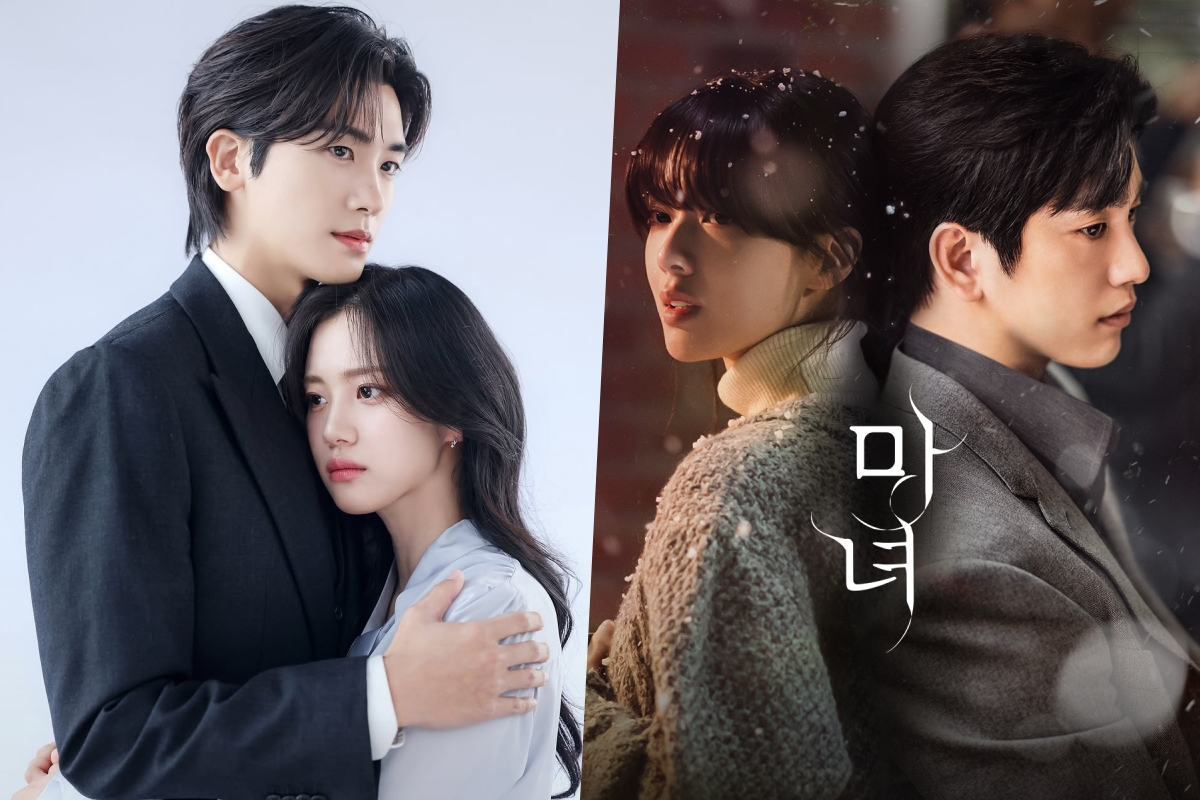
The Art of Emotional Archaeology
Excavating buried hearts isn't about digging recklessly into old wounds. It's a careful, intentional process that requires both courage and compassion – especially compassion for the person you were when you first decided to bury that pain.
True emotional archaeology begins with curiosity rather than judgment. When a buried feeling surfaces, instead of pushing it back down, we can ask: "What is this trying to tell me? What did I need then that I couldn't provide for myself? What would I tell that younger version of myself now?"
Safe Excavation Techniques
The key to safely unearthing buried emotions lies in creating containers for the experience. Here are some approaches that many find helpful:
Therapeutic Writing: Give your buried heart a voice on paper. Write letters to your younger self, to the people you've lost, to the dreams you abandoned. You don't have to send them – sometimes the act of writing is enough to begin the conversation with yourself.
Guided Meditation: Create a safe mental space where you can visit your buried hearts without being overwhelmed by them. Imagine yourself as an archaeologist, carefully brushing away the dust of time to reveal what's been hidden.
Professional Support: Sometimes buried hearts contain trauma that's too complex to navigate alone. Therapists trained in trauma recovery can provide essential guidance for the excavation process.
When Buried Hearts Surface in New Relationships
One of the most challenging aspects of buried hearts is how they can unexpectedly influence our present relationships. You might find yourself pulling away from someone wonderful because they remind you, in some subconscious way, of a buried loss. Or perhaps you discover that your capacity to trust has been limited by fears you thought you'd overcome.
This is where the concept of second chance romance becomes particularly meaningful – not just romantic love for others, but a second chance at loving ourselves fully, buried hearts and all.
Marcus discovered this when he met Elena. Despite their obvious compatibility, he found himself sabotaging their relationship at every turn. It wasn't until he began exploring his buried grief over his father's death – a loss he'd "handled" by simply not talking about it for fifteen years – that he understood why intimacy felt so dangerous.
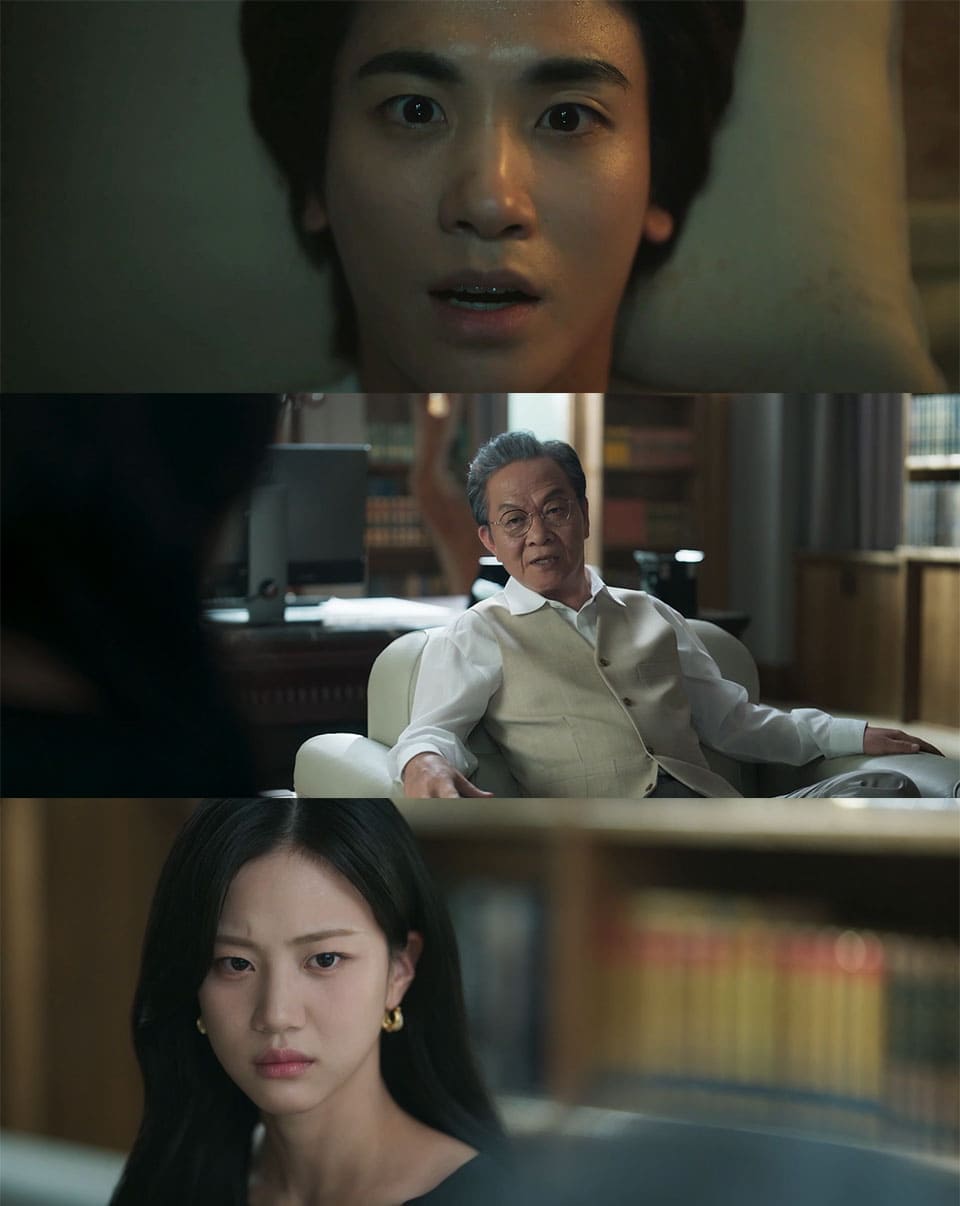
The Difference Between Healing and Burying
Here's something crucial that often gets misunderstood: there's a world of difference between healing from pain and burying it. Healing involves feeling the emotions fully, understanding their message, and then consciously choosing how they'll influence your future. Burying is about avoiding the feeling altogether, hoping it will simply disappear.
Buried emotions are like seeds in winter – they're dormant, not dead. When the right conditions arise, they'll grow. But emotions that have been truly processed, felt, and integrated become wisdom rather than wounds.
Honoring Buried Hearts Without Living in the Past
The goal isn't to excavate every buried heart and live in a constant state of emotional archaeology. Instead, it's about developing a healthy relationship with your own emotional history. This means:
- Acknowledging that your buried hearts are part of your story without letting them write your future
- Understanding that some grief may always live within you, and that's not a failure of healing
- Recognizing that buried love doesn't diminish your capacity for new love – it often deepens it
- Learning to hold both sorrow and joy simultaneously, as mature hearts often do
What Buried Hearts Teach Us About Resilience
Perhaps the most beautiful thing about buried hearts is what they reveal about human resilience. The very fact that we can survive profound loss, that we can create protective mechanisms when we need them, that we can carry love for people and dreams even when it hurts – these are testaments to the incredible strength of the human heart.
Every buried heart is also evidence of something that mattered deeply. We don't bury indifference – we bury the things that meant everything to us. In that way, even our buried hearts are love letters to what we've valued most in life.
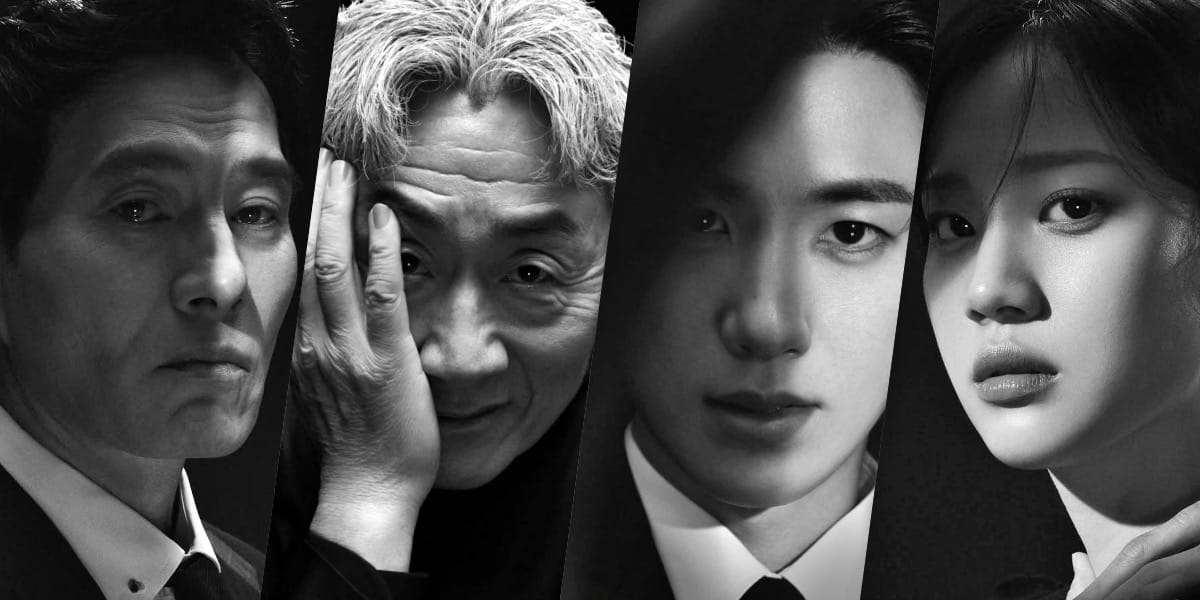
The Journey from Buried Pain to Emotional Freedom
The path from buried pain to emotional freedom isn't linear. Some days you'll feel like you've made tremendous progress, and others you'll feel like you're back where you started. This is normal. Healing happens in spirals, not straight lines.
What changes over time isn't the absence of the buried heart, but your relationship with it. You learn to visit it when you need to, to honor what it represents, and then to return to your present life with greater depth and compassion.
The most profound healing often happens when we stop trying to eliminate our buried hearts and instead learn to make peace with them. They become part of the rich soil from which new growth emerges.
Building Emotional Resilience for the Future
Understanding buried hearts isn't just about excavating the past – it's about building emotional resilience for whatever comes next. When you've done the work of understanding how and why you bury certain emotions, you become better equipped to handle future losses without automatically reverting to burial.
This might mean developing better support systems, learning healthier coping mechanisms, or simply becoming more aware of your patterns. It's about creating a life where you have more options than just burying the things that hurt.
Moving Forward: Integration and Growth
The ultimate goal of exploring buried hearts isn't to unearth everything at once or to live in a constant state of emotional vulnerability. It's about integration – weaving the wisdom from your buried experiences into a more complete understanding of who you are and who you're becoming.
Some buried hearts may need extensive excavation and professional support. Others might simply need acknowledgment – a moment of recognition for what they've carried for you. Trust your instincts about what feels right for your own journey.
Remember that buried hearts often make the most compelling love stories – not just romantic love, but the deeper love story of a person learning to be whole, scars and all.
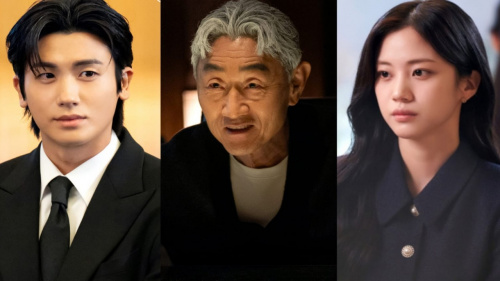
Conclusion: The Ongoing Story of Your Heart
Your buried hearts are not mistakes to be corrected or problems to be solved. They are chapters in the ongoing story of your resilience, your capacity to love, and your journey toward wholeness. Each one represents a time when you cared so deeply that the loss required careful protection.
The most beautiful truth about buried hearts is this: they're never actually gone. Love, once experienced, becomes part of the fabric of who you are. Grief, once felt, deepens your capacity for compassion. Dreams, once cherished, inform the dreams you'll dare to have again.
As you continue your own journey with buried hearts – whether you're just becoming aware of them or you're well into the process of excavation – remember to be patient with yourself. The heart that was strong enough to survive burial is certainly strong enough to handle careful uncovering.
Your buried hearts are not your limitations – they're proof of your depth. And in a world that often encourages shallow living, depth is exactly what we need more of. Your story, with all its buried chapters, is worth telling. Your heart, with all its hidden chambers, is worth exploring.
What buried hearts might be waiting for your gentle attention? What stories are ready to be honored, integrated, and transformed into wisdom? The excavation continues, one careful moment at a time.
